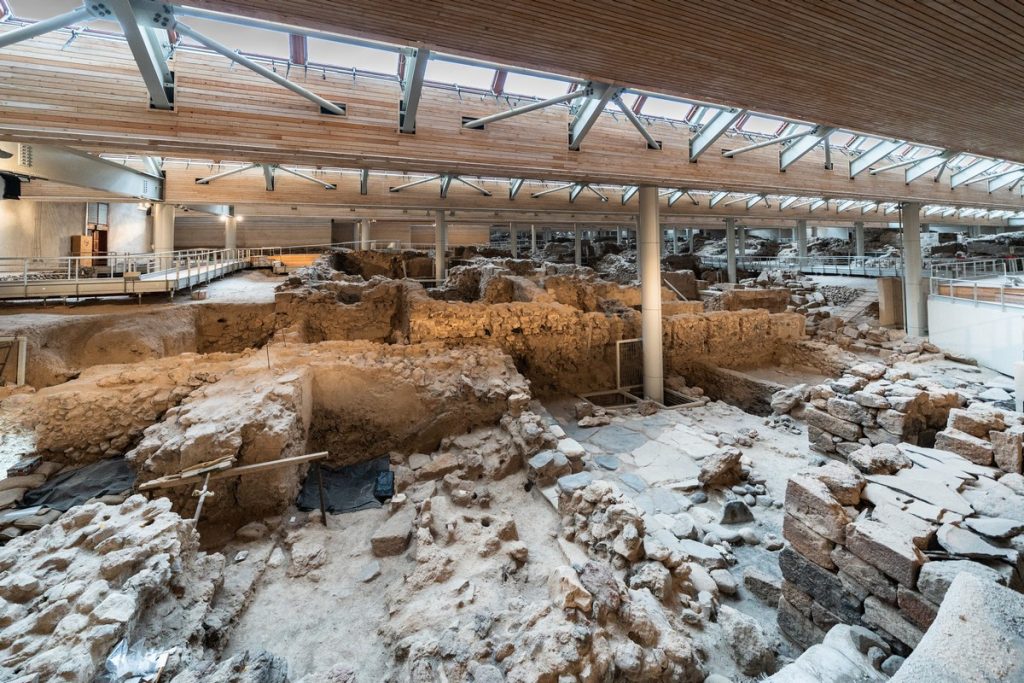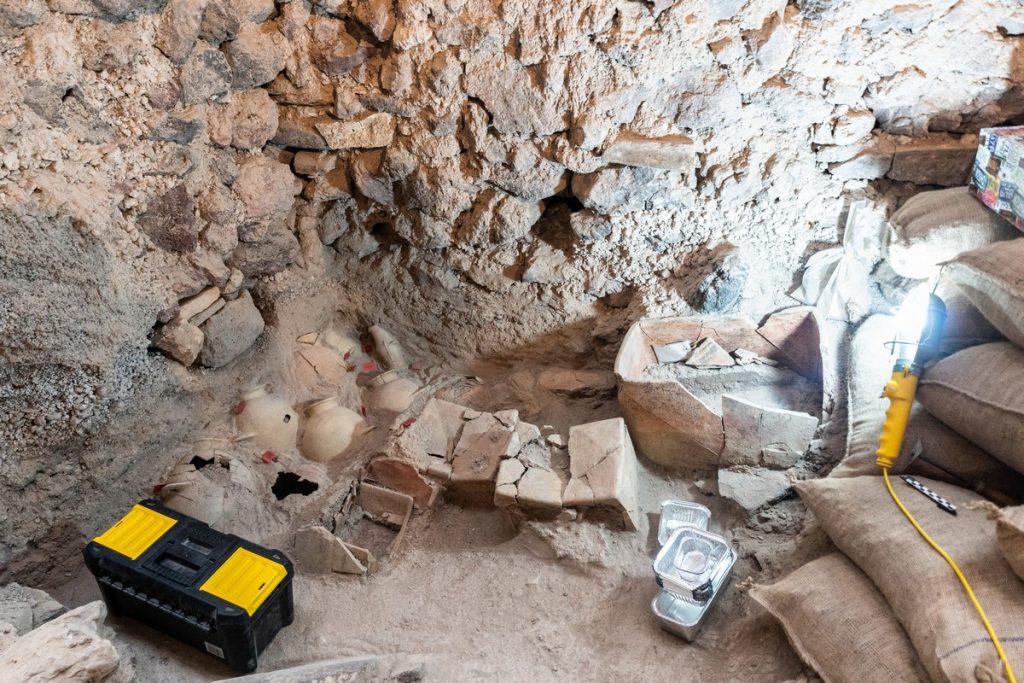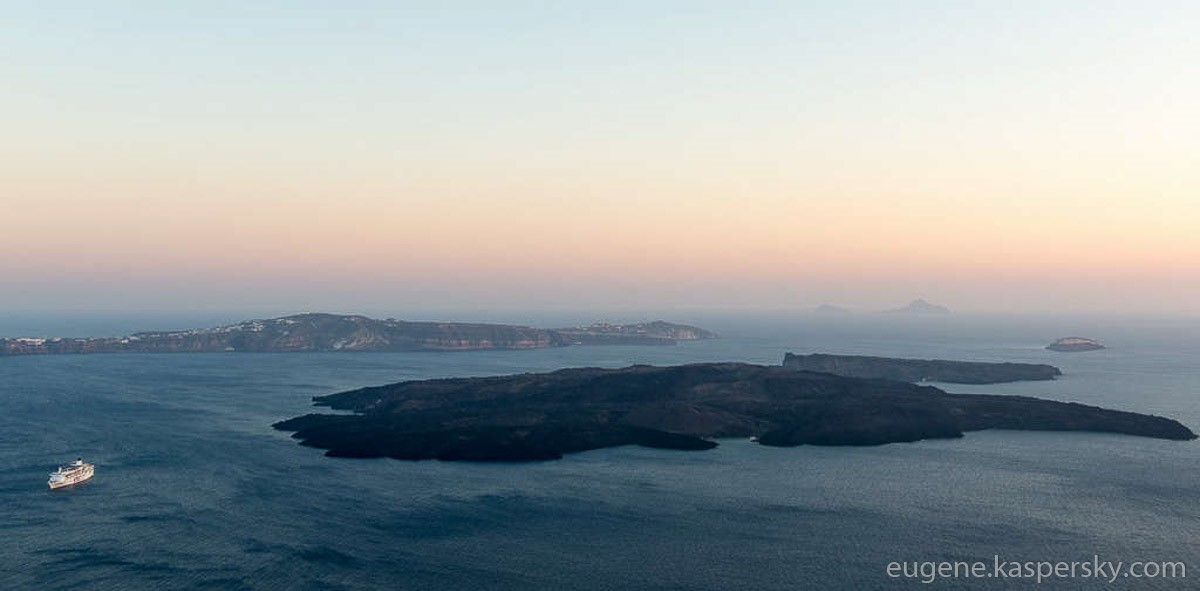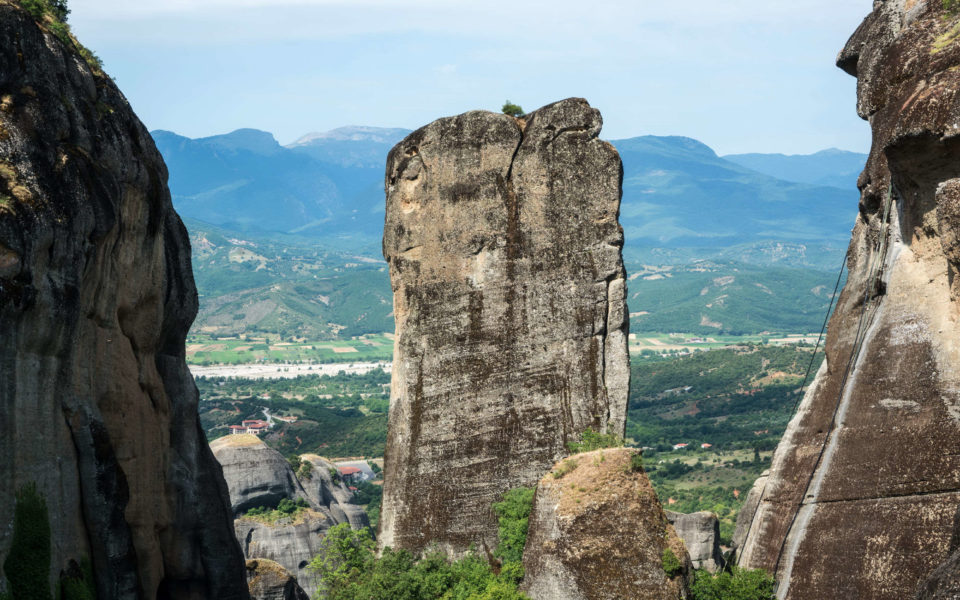August 8, 2023
Adventure tales of the unexpected – pt. 5: filling Beijing’s Bird-Nest Stadium + Akrotiri Excavations.
Hi folks!
Onward – with more of my extraordinary terrestrial greatest hits…
Bizarre tale of the unique/unusual kind No. 8
Here’s an extraordinary, extraordinarily-large tale from way back in 2009…
The previously-mentioned Harry Cheung (formerly the director of our Chinese office) just so happened to be friends with none other than Jackie Chan! And together the two of them pooled their power-clout and managed to convince the Beijing authorities to sanction a huge pop concert in the Chinese capital’s main stadium – yes: the (Olympic) Bird’s Nest! The undertaking turned out to cost an arm-and-a-leg, but still we managed to recoup costs from ticket sales (the surplus went to charity) – after all, Jackie himself was to appear (and sing – and not a bad singing voice he has either!), as did other top pop artists from both China and Korea. The event turned out to be massive. Chinese style…
Here’s the scene just before the start, with the stands still-only half-full ->
Btw – this truly was “our” event – organized by us, sponsored by us. Look – only our banners are to be seen around the stands (in both English and Chinese) ->





























